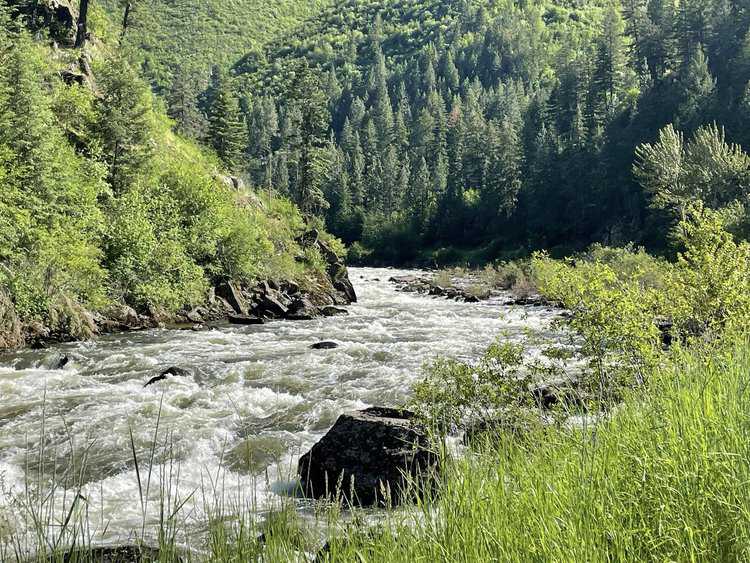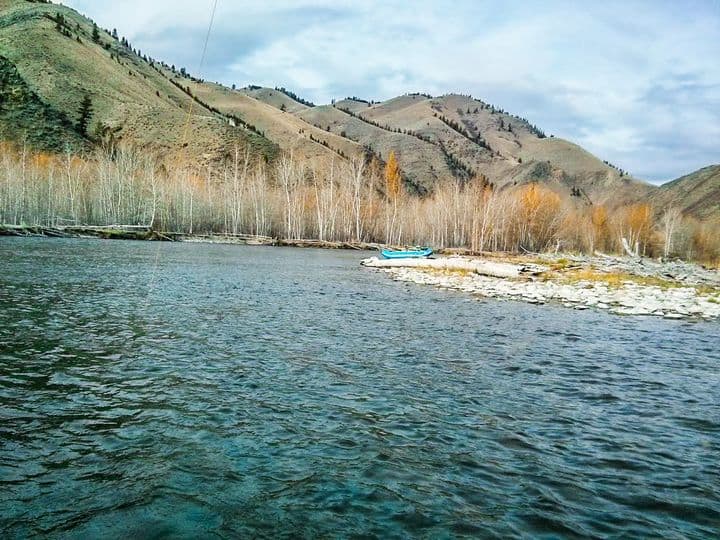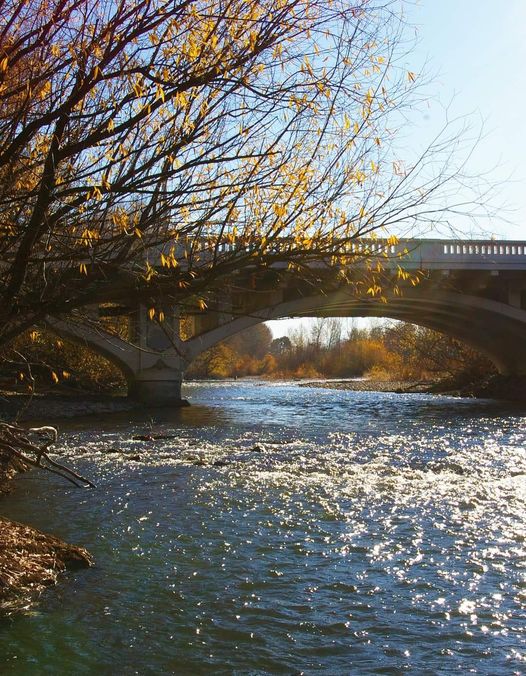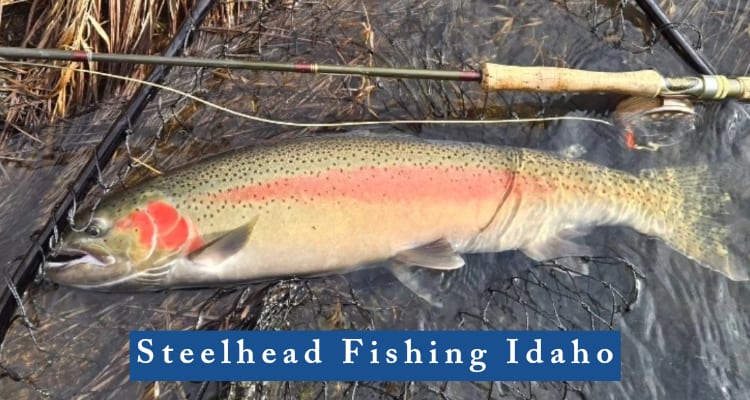Steelhead, a migratory form of rainbow trout native to the Pacific Ocean, are known for their impressive size and the challenge they present to anglers. In Idaho, steelhead fishing is a popular activity, thanks in part to the state’s abundant and accessible river systems. These fish are renowned for their strength and stamina, making them a prized catch for many.
This guide will cover the basics of steelhead fishing in Idaho, including the best locations, seasons, idaho’s steelhead regulations, and the tips for gear and rig. We also have a detailed guide on steehead fishing with best setups, baits, techniques, and more.
Where to catch Steelhead in Idaho
The best locations for catching steelhead in Idaho vary throughout the year as these migratory fish make their way upstream from the Pacific Ocean. Here’s a breakdown of the prime locations and the optimal times to fish them, starting in August and spanning the next nine months:
Clearwater River
The Clearwater River is renowned for its steelhead fishing, particularly in the lower sections during the fall. This river offers a mix of wild and hatchery fish, with regulations in place to protect the native population. Anglers can enjoy both bank and boat fishing in this scenic area.
As the season progresses to spring, steelhead move up into the South Fork of the Clearwater River. This area becomes a hotspot, especially for those looking to catch fish in a less crowded environment.

Snake River
The Snake River provides extensive opportunities for steelhead fishing, with its lower sections being particularly productive in the fall. The river’s diverse habitats support a large population of steelhead, offering both challenging and rewarding fishing experiences.
Salmon River
The lower Salmon River is a prime location for steelhead fishing in the fall. Its rugged landscape and clear waters attract many anglers.
As steelhead migrate further upstream, the Little Salmon River, a tributary of the larger Salmon River, becomes an excellent spot in the spring. This river is known for its accessibility and the quality of its fishing.
Moving into spring, the upper reaches of the Salmon River provide excellent opportunities for catching steelhead, especially as the fish continue their journey to their spawning grounds.

Boise River
The Boise River is not a traditional steelhead fishery but receives hatchery fish releases to provide additional fishing opportunities. These releases typically occur in the late fall and can create excellent, albeit temporary, fishing conditions. Anglers should pay attention to release announcements from the Idaho Department of Fish and Game.

Idaho Steelhead Fishing Rules
Here’s a summary of the critical steelhead fishing rules based on the provided information by the Idaho Fish and Game.
- Anyone targeting steelhead must have a valid fishing license and the appropriate permit.
- Non-residents must either purchase a nonresident season fishing license with a full-season steelhead permit or a nonresident 3-day steelhead license/permit.
- Anglers must stop fishing for salmon or steelhead once they reach their limit in waters with specified limits.
- Only single-pointed barbless hooks are allowed in the South Fork Clearwater River.
- Barbless hooks with a max 5/8 inch gap between shank and point are required in the Salmon and Clearwater river drainages and the Snake River below Hells Canyon Dam. Modifying hooks by bending the barb down is acceptable.
- Barb hooks are permissible in the Boise River and the Snake River between Hells Canyon and Oxbow dams.
- Only fish hooked in the mouth or jaw may be kept; others must be released immediately.
- Fishing for or targeting these species is not allowed unless a season is explicitly open for that water.
- Steelhead with an intact adipose fin must be released.
- Any retained steelhead must be killed immediately; otherwise, it must be released.
- Fish kept must not have heads or tails removed until the angler is ashore and done fishing for the day, is recorded on the permit, and is processed or packaged with skin (and adipose fin if clipped) attached. The way of processing should allow easy identification of the fish count.
Tips for Steelhead Fishing in Idaho
- Use a medium-heavy spinning or baitcasting rod, 8-10 feet in length, for versatility and control.
- Opt for a reel with a smooth drag system to handle the steelhead’s strong runs.
- A main line of 10-15 lb test braided line is recommended for sensitivity and strength, with a fluorocarbon leader of 8-12 lb test to remain invisible to the fish.
- Live bait such as nightcrawlers or salmon eggs are highly effective for steelhead.
- For bait fishing, use a single hook setup with a slip sinker. Thread the sinker onto your main line followed by a swivel. Attach a 18-24 inch leader to the swivel and tie your hook to the other end of the leader.
- Fishing during the early morning or late evening can be more productive, as steelhead are less wary and more active during these times.

